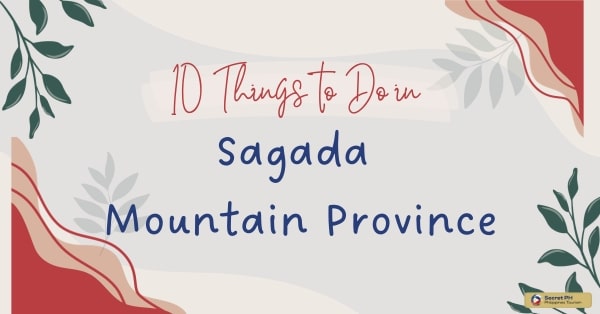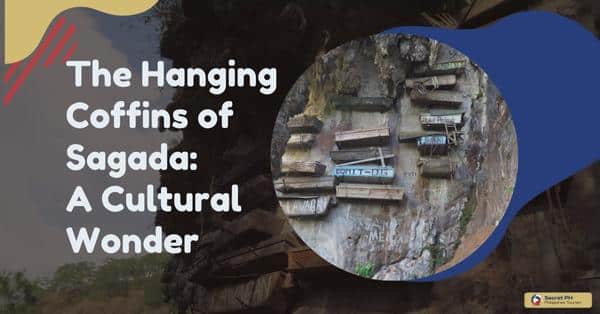Across centuries and continents, Jewish creativity has carried sacred stories in pigments, parchment, glass, and thread. In today’s whirlwind of trends and tech, that legacy asks to be protected with both tenderness and savvy. Preservation is no longer just about climate-controlled rooms; it’s about context, access, and community memory. The result is a living bridge where tradition meets innovation, and the art keeps speaking.
Stories Hidden in Pigments and Prayer: The Soul of Jewish Art
Every canvas, ketubah, and carved spice box holds a timeline of rituals, migrations, and private joys. A viewer might notice the gold leaf that nods to medieval illuminations, or a modern palette that reframes an ancient blessing for a new century. Layers of style reveal layers of life, the way family recipes carry both flavor and feeling. In this sense, preservation is not only about materials; it is also about meanings passed from one generation to the next.
Look closely and a pattern emerges: devotion stitched into textiles, resilience etched into woodcuts, celebration splashed across watercolor skies. These are artworks that carry communal memory yet feel intensely personal, like a whispered prayer at dawn. The more thoughtfully such pieces are cared for, the more clearly their voices ring out. Preserving art is preserving the oxygen of cultural identity, letting future viewers breathe what earlier hands created.
Conservation decisions matter at every step, from lighting and storage to how a story is told on a wall label. When a curator frames a menorah beside the poem that inspired it, context wakes up and the object becomes a conversation partner. Even simple choices-non-acidic mats, stable humidity, respectful captions-stack the deck in favor of longevity. The goal is less about “freezing time” and more about letting time pass without erasing what makes the work sing.
From Shtetl Walls to Digital Screens: How Preservation Evolved
Once, safeguarding an heirloom meant a sturdy shelf and a careful cloth; now it can also mean high-resolution scans and metadata that travel. Digitization turns fragile pages into widely accessible archives, letting students and scholars explore details without handling the original. It also invites new research, as patterns across collections become searchable and shareable. When context scales, understanding scales with it-care becomes both intimate and expansive.
Exhibitions have gone hybrid too, pairing in-person lighting with online storytelling and curator talks. A single show might spark global dialogue through live streams, transcripts, and classroom kits, expanding the audience far beyond a single city. This layered approach respects the object’s physical presence while amplifying its reach. It’s a thoughtful “both/and,” not an either/or.
Digital galleries also host fresh commissions where artists remix tradition with contemporary forms. By placing a new series beside archival motifs, the present moment borrows wisdom and returns it with color. Visitors who arrive for history often leave feeling the pulse of now, and vice versa. Platforms that feature jewish art make that bridge feel effortless and inviting.
Curators, Collectors, and Communities: Who Keeps It Alive?
Preservation thrives where roles overlap and everyone feels responsible for the story. Curators bring methods, collectors bring stewardship, and communities bring the lived context that gives pieces their heartbeat. It’s a braid of expertise, resources, and memory-and the tighter the weave, the stronger the future. Here’s a quick look at the key players nudging the legacy forward before exploring how their efforts align:
- Museum conservators testing materials, documenting condition, and guiding display choices.
- Archivists organizing provenance, digitizing records, and ensuring discoverability.
- Community historians gathering oral histories that anchor objects to lived experience.
- Collectors investing in conservation-grade framing and stable environments at home.
- Educators connecting artworks to learners through programs and curricular tools.
When these roles sync up, preservation becomes a loop rather than a line. A collector shares provenance with a museum; a museum shares scans with a classroom; a classroom shares oral histories back to the archive. The result is richer than any single institution can manage alone. Collaboration is not optional anymore-it is the habitat where heritage survives.
Funding and policy round out the picture, pushing for grants, equitable access, and ethical acquisitions. Clear standards keep the field honest-especially around restitution, cultural sensitivity, and fair artist compensation. As frameworks improve, trust grows, and with it, participation. The art gains not just protectors, but a chorus of advocates.
Trends Reshaping Preservation: The Data Behind the Momentum
Recent figures point to steady momentum across archives, museums, and online interest, with analog care and digital access moving in tandem. The table below highlights a snapshot of activity and engagement, giving a sense of where energy is concentrating. These indicators aren’t the whole story, but they’re helpful signposts. Think of them as the dashboard lights on a much bigger engine.
| Indicator | 2021 | 2022 | 2023 | 2024 | 2025 YTD |
|---|---|---|---|---|---|
| Major museum acquisitions of Jewish works (count) | 120 | 137 | 149 | 163 | 88 |
| Digitized items added by leading archives (approx.) | 48,000 | 56,500 | 63,200 | 74,900 | 42,300 |
| Avg. hammer price for 20th-c. Jewish artists (USD) | $18,700 | $21,900 | $24,100 | $26,800 | $27,600 |
| Global search interest index for “Jewish art” (0-100) | 63 | 67 | 71 | 78 | 81 |
The upward curves suggest more than a fad-it looks like a durable alignment of scholarship, collecting, and public curiosity. Museum acquisition counts rise while digitization sprints ahead, lowering the barrier to discovery. Online interest shadows that growth, hinting that visibility is feeding care, and care is feeding visibility. In plain terms: the more people can see, the more people want to protect.
What lingers behind the numbers is the human factor-artists creating, conservators advising, teachers sharing, families remembering. Technology handles the scaling, but people handle the meaning. This pairing lights the path forward, where tradition remains grounded even as access expands. It’s a future that feels both rooted and reachable.
Buying with Heart and Head: Tips for First-Time Collectors
Private collections are often the first stop and the last refuge for delicate works, so a collector’s choices echo far beyond a living room wall. A bit of homework-materials, provenance, condition-goes a long way toward long-term care. It also honors the maker by positioning the work to survive moves, seasons, and generations. Here’s a quick checklist to keep decisions clear and considerate:
- Verify provenance and any exhibition or publication history.
- Check condition reports and ask about prior restorations.
- Use conservation-grade framing, glazing, and backing materials.
- Plan climate and light exposure in the display location.
- Document ownership and care instructions for future handoffs.
While taste is personal, stewardship is communal, and good framing or storage is a gift to everyone downstream. Climate tips are simple: steady temperature, moderate humidity, and controlled light, especially for works on paper or textiles. Periodic checkups can catch issues like warping, foxing, or mat burn before they escalate. Small habits compound into decades of resilience.
Discoverability matters too, and trusted platforms help match pieces to the right homes. A gallery that values context alongside craft makes browsing feel like a guided tour, not a guessing game. In that spirit, collectors often explore spaces like huvys for curated works, clear documentation, and artist-forward storytelling. Over time, that approach builds collections that look beautiful and live responsibly.
Pro Tip
Photograph the artwork, the back, the frame, and any labels or inscriptions, then store the files with receipts and certificates. A tidy digital folder becomes a lifesaver for insurance, appraisals, or rehanging after a move. It also streamlines future conservation, since a restorer can track changes across years. Good records turn memory into a tool, not just a feeling.
Carrying Jewish Art’s Legacy Forward
In the end, preserving this tradition is less about locking the past away and more about letting it breathe in the present. The thread that ties rituals to modern studios is curiosity-gentle questions that keep craft and spirit in dialogue. As makers reinterpret blessings and historians surface long-silent names, audiences meet the work with fresh eyes. That living exchange is exactly why Jewish art continues to matter.
The road ahead looks collaborative, combining meticulous conservation with open doors and open data. Local stories can go global without losing their roots, and galleries can champion both legacy and experimentation. This is how yesterday’s pigments find tomorrow’s light: through care, access, and respect. It is a model that prizes continuity without sacrificing creativity.
Call it the legacy of faith and color, but it’s also the legacy of attention-the steady, human choice to keep looking closely. When communities, collectors, and curators move in concert, the work gains a second lifetime in each new pair of eyes. In that spirit, carrying Jewish art’s legacy forward becomes both a responsibility and a joy. The invitation is simple: keep the stories visible, and the stories will keep giving back.








